There’s a certain magic to experiencing winter on Route 66. America’s “Mother Road,” stretching from Chicago to Santa Monica, symbolizes freedom and adventure. While many opt to explore this iconic route during the bustling summer months, winter offers a quieter, more contemplative experience and some unique photography opportunities.
Over the last few years, I set out to capture Route 66’s lesser-seen side during the winter season. Armed with my camera gear and a sense of wanderlust, I discovered a landscape transformed by cold air, subdued colors, and the occasional dusting of snow. This is Winter on Route 66 at its most serene and, perhaps, its most authentic.
Winter On Route 66: Starting in Chicago: The Windy City Chill
My journey began in Chicago, where Route 66 officially starts. Winter in the Windy City is no joke, with biting winds and the cold that cuts through you. But there’s a stark beauty to Chicago in winter. The neon signs of Lou Mitchell’s Diner glow a little brighter against gray skies, inviting you in for a hot cup of coffee and a hearty breakfast before hitting the road.
Photographers, take note: Chicago’s frost-covered Art Deco architecture is a great place to start your portfolio of Route 66 shots. The way the morning light bounces off icy streets creates a unique ambiance that sets the tone for the journey ahead.
Winter on Route 66: The Midwest: Small Towns, Big Charm
As you head out of Illinois and into Missouri, the landscape shifts from urban sprawl to rolling farmlands. The charm of Route 66’s small towns really comes to life in the winter. Places like Pontiac, Illinois, and Lebanon, Missouri, are quieter, their streets less crowded, giving you more time to explore and photograph.
In winter, many of the classic roadside attractions—from the Muffler Men statues to vintage gas stations—take on a nostalgic, almost melancholic vibe. Snow dusts the rooftops of old motels, and frozen puddles reflect neon signs flickering in the early evening. The cooler temperatures also mean you’ll have fewer tourists stepping into your shots, allowing for cleaner compositions.
Winter On Route 66: The Ozarks
Crossing into Missouri and the Ozarks, the landscape becomes more dramatic. Winter in the Ozarks is something straight out of a postcard. Frost clings to the trees lining the hills, and the winding roads provide endless opportunities for creative framing. I stopped at the Chain of Rocks Bridge, just outside of St. Louis, where the Mississippi River looked especially striking with chunks of ice floating downstream. The overcast skies and muted colors enhanced the ruggedness of the scene.
Winter On Route 66: The Great Plains
As you enter Kansas and Oklahoma, the terrain flattens, offering a minimalist’s dream. The endless stretches of road, punctuated by weathered barns and windmills, provide striking contrasts. In winter, these plains feel vast and empty, emphasizing the solitude of Route 66.
Stopping at the Blue Whale of Catoosa in Oklahoma was a highlight. Its cheerful, sky-blue exterior stood out against the starkness of the bare trees and gray sky. The nearby snow-covered picnic tables created a scene that felt both whimsical and haunting.
Winter On Route 66: The Southwest
By the time you hit Texas, New Mexico, and Arizona, the snow gives way to arid deserts, but the winter season still brings its own unique palette. The lower sun angles of winter create longer shadows, perfect for dramatic landscapes and portraits.
One of my favorite stops was the Cadillac Ranch outside Amarillo, Texas. The iconic cars, half-buried in the ground, were dusted with frost, and the graffiti stood out even more vividly. Heading west, the Painted Desert in Arizona glowed with warm hues during the golden hour, a reminder of nature’s artistry even in the cold months.
Winter On Route 66: The End of the Road
Reaching the Santa Monica Pier feels like a triumph. The contrast between the chilly Midwest and the mild California winter is stark. The iconic Route 66 sign at the pier makes for a fitting final photograph. Winter means fewer crowds here, too, so you can take your time framing the perfect shot of the Pacific Ocean meeting the end of the road.
Tips for a Winter On Route 66 Road Trip
- Pack for All Weather: Winter conditions vary dramatically across the route. From snow in Chicago to cool deserts in Arizona, layering is key.
- Plan Ahead: Some attractions and diners have seasonal hours, so check before you go.
- Embrace the Off-Season: The lack of crowds means more time to savor each stop and better opportunities for unique photographs.
- Stay Flexible: Winter weather can be unpredictable, so build extra time into your schedule for detours or delays.
Winder on Route 66 is a journey of contrasts. It’s quieter, colder, and perhaps lonelier than in summer, but it’s also richer, more introspective, and incredibly photogenic. For those willing to brave the chill, the Mother Road offers rewards that go far beyond the beaten path. With each frame I captured, I was reminded of the road’s enduring spirit and the beauty of experiencing it in a new light.

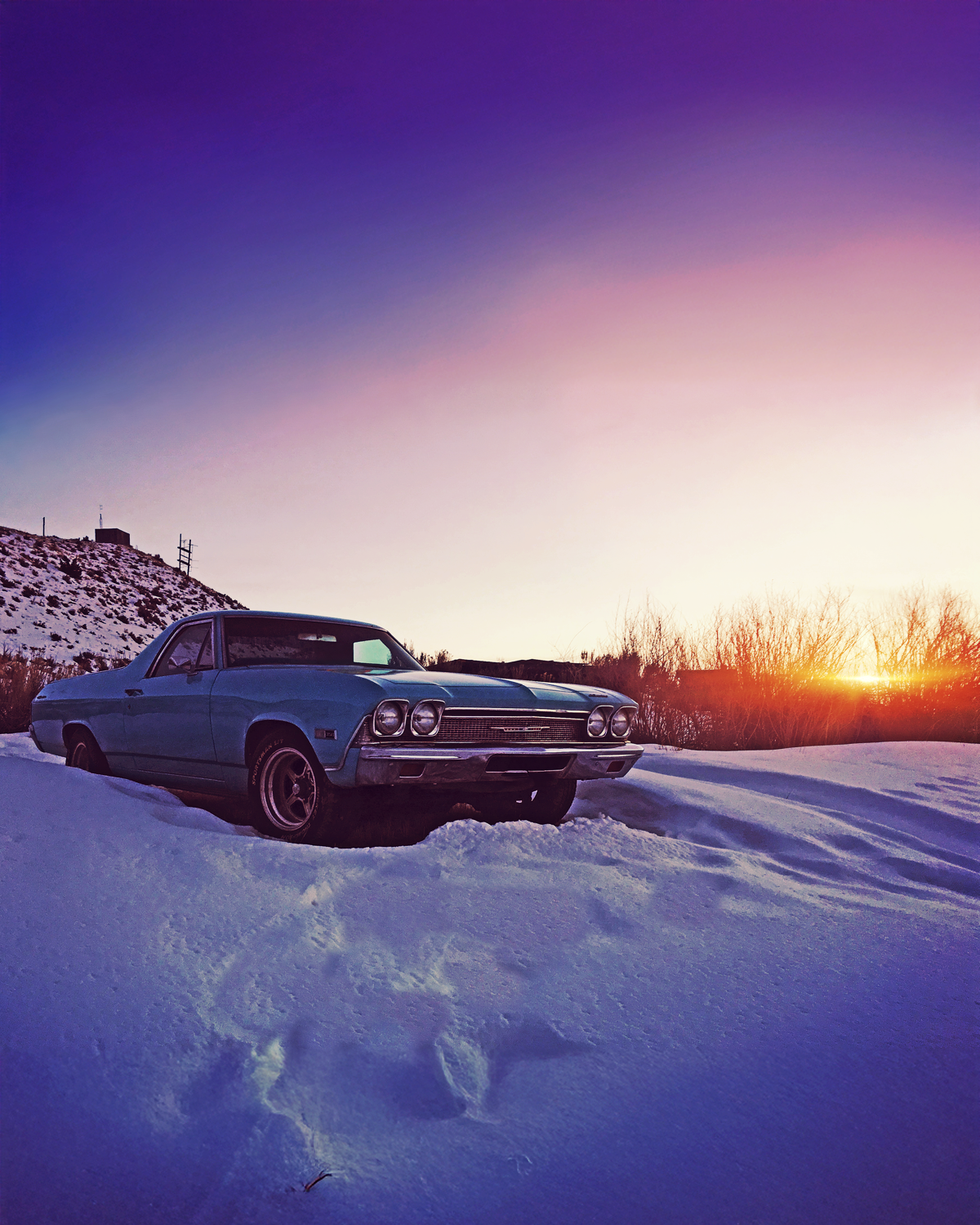
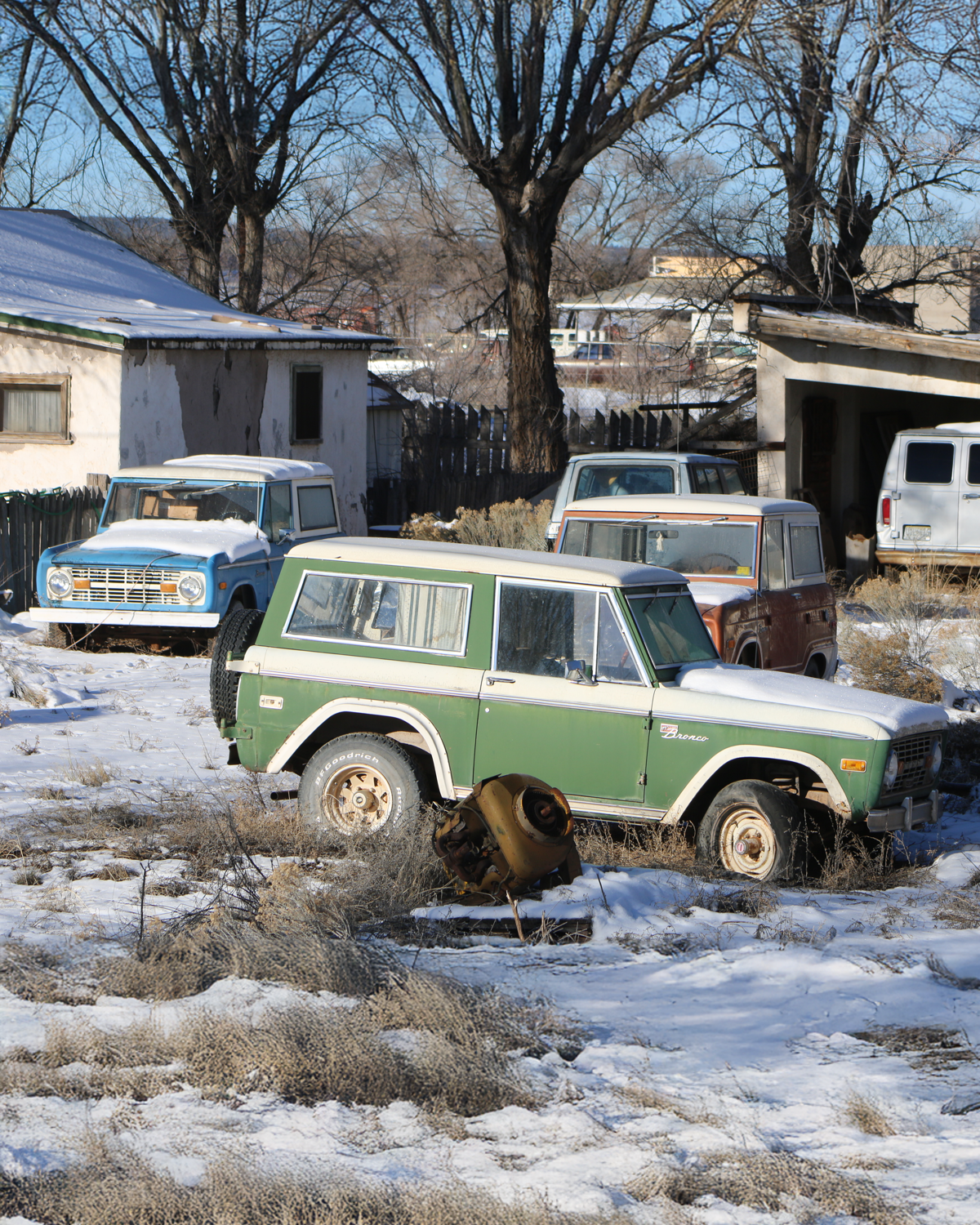
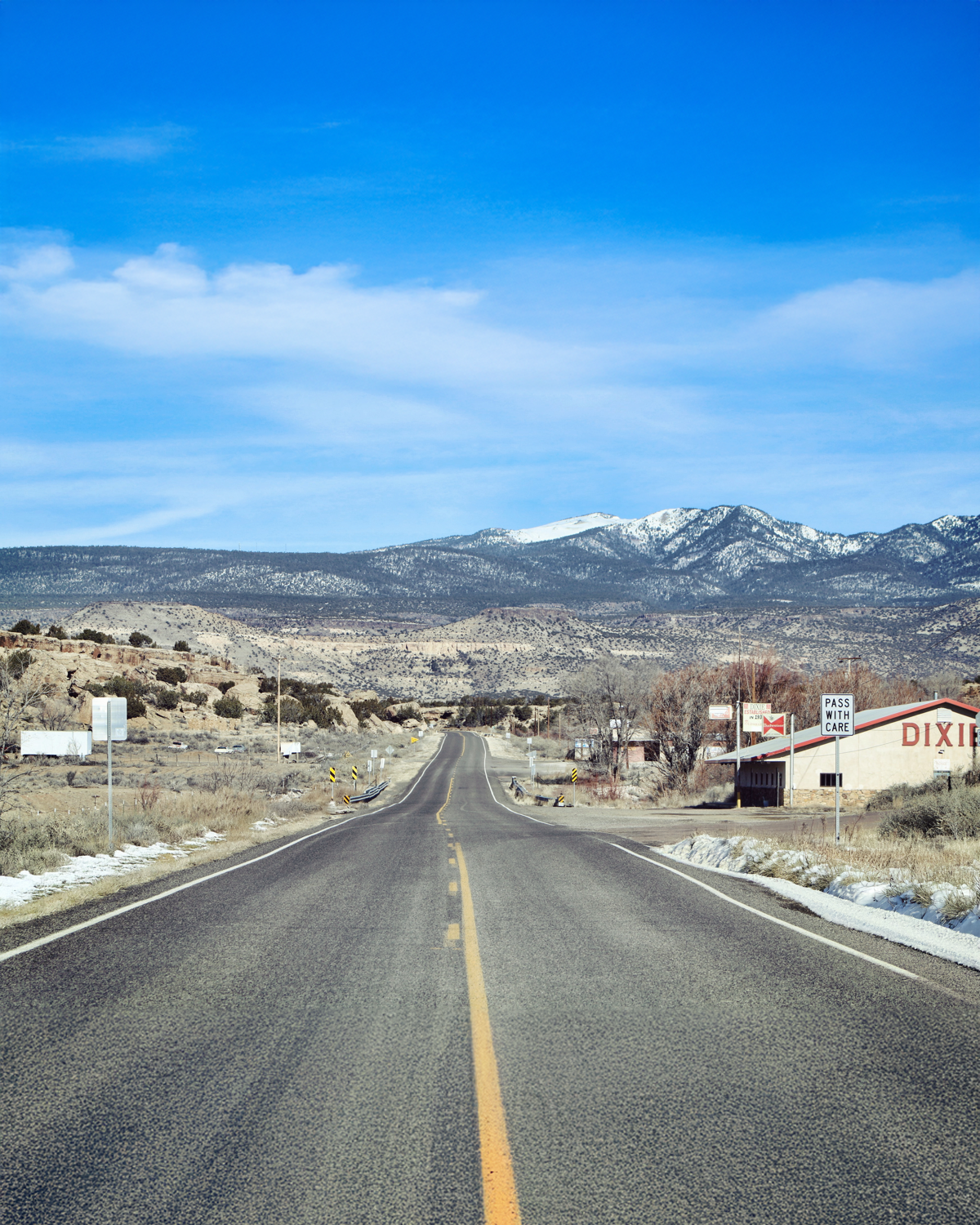
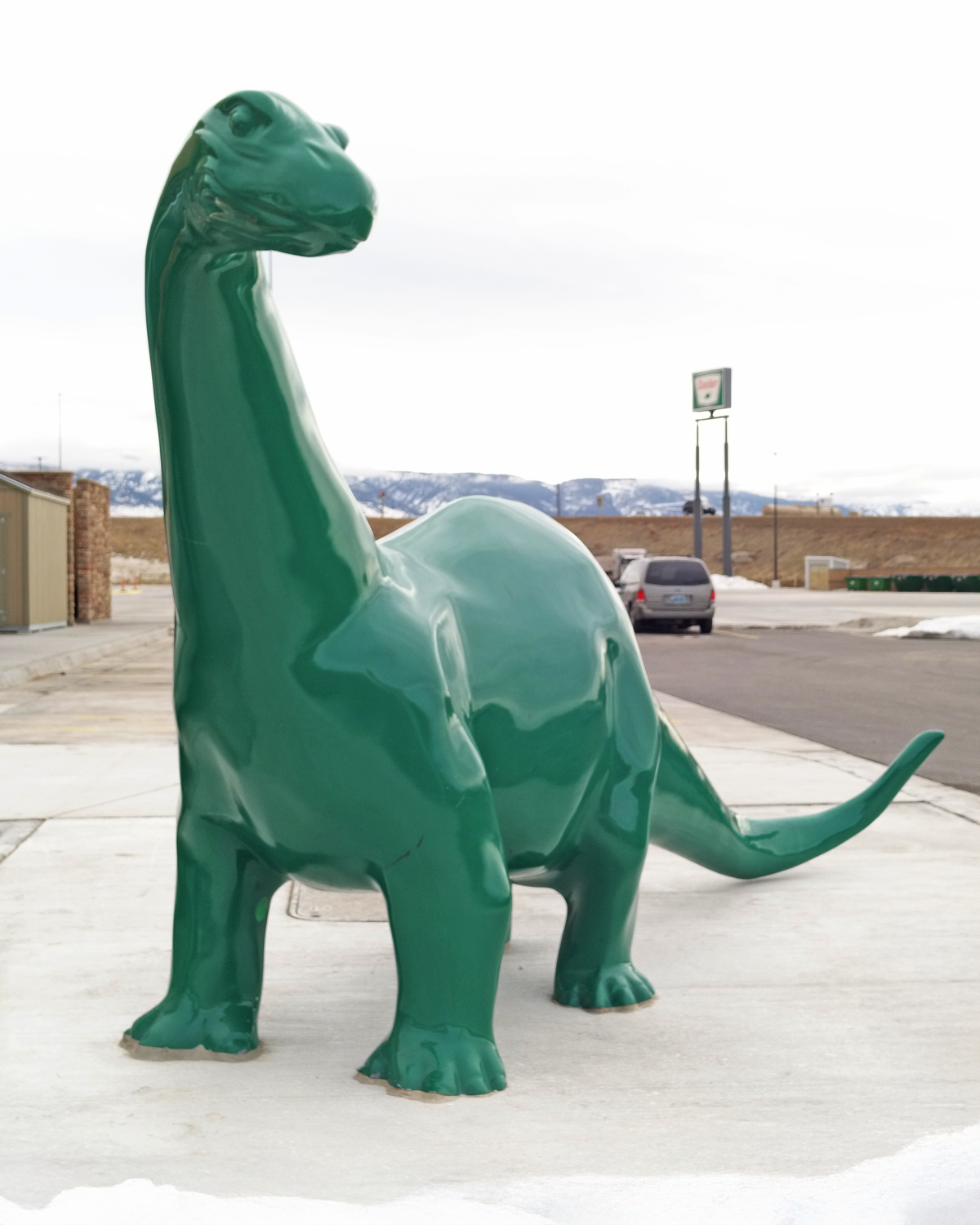
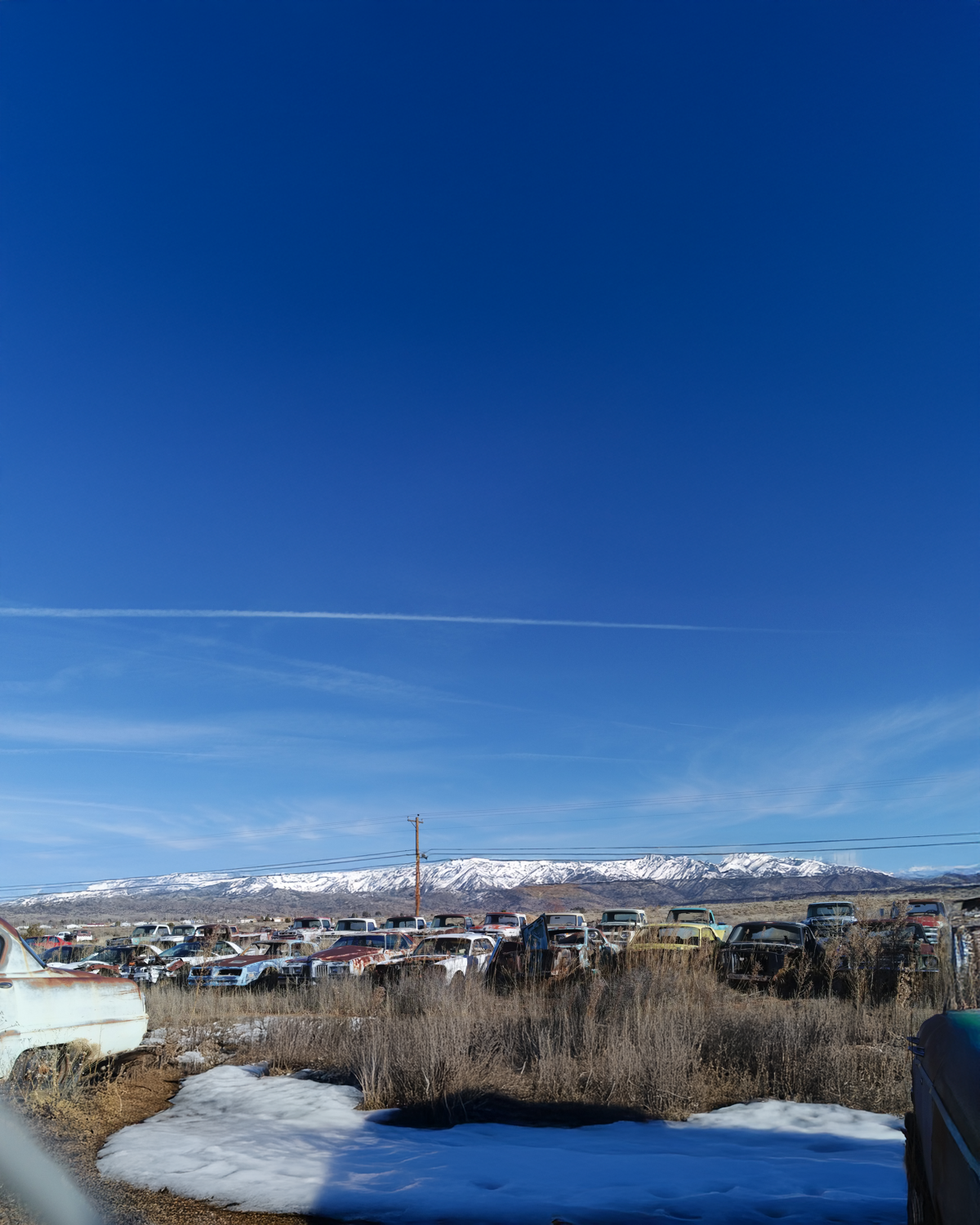
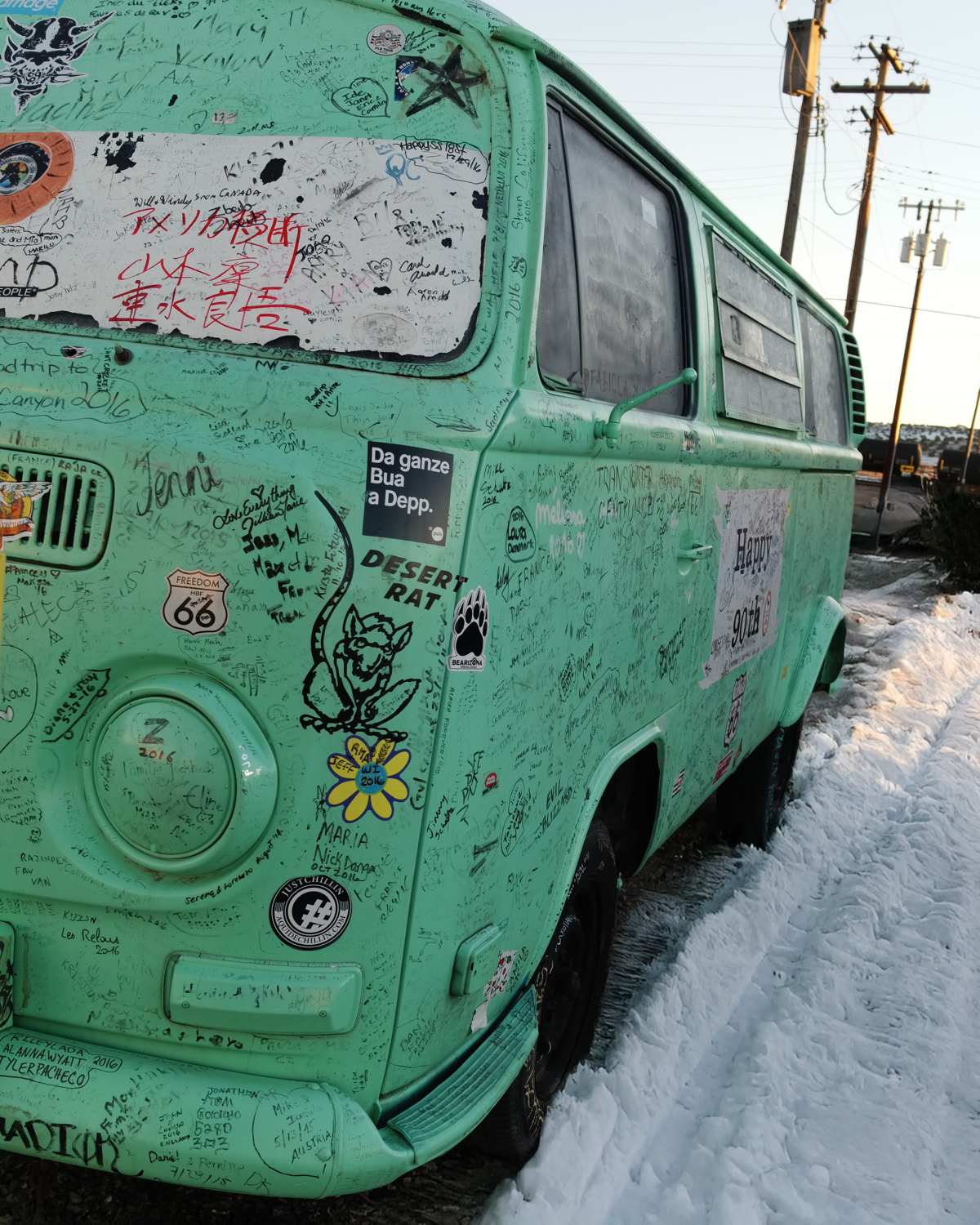
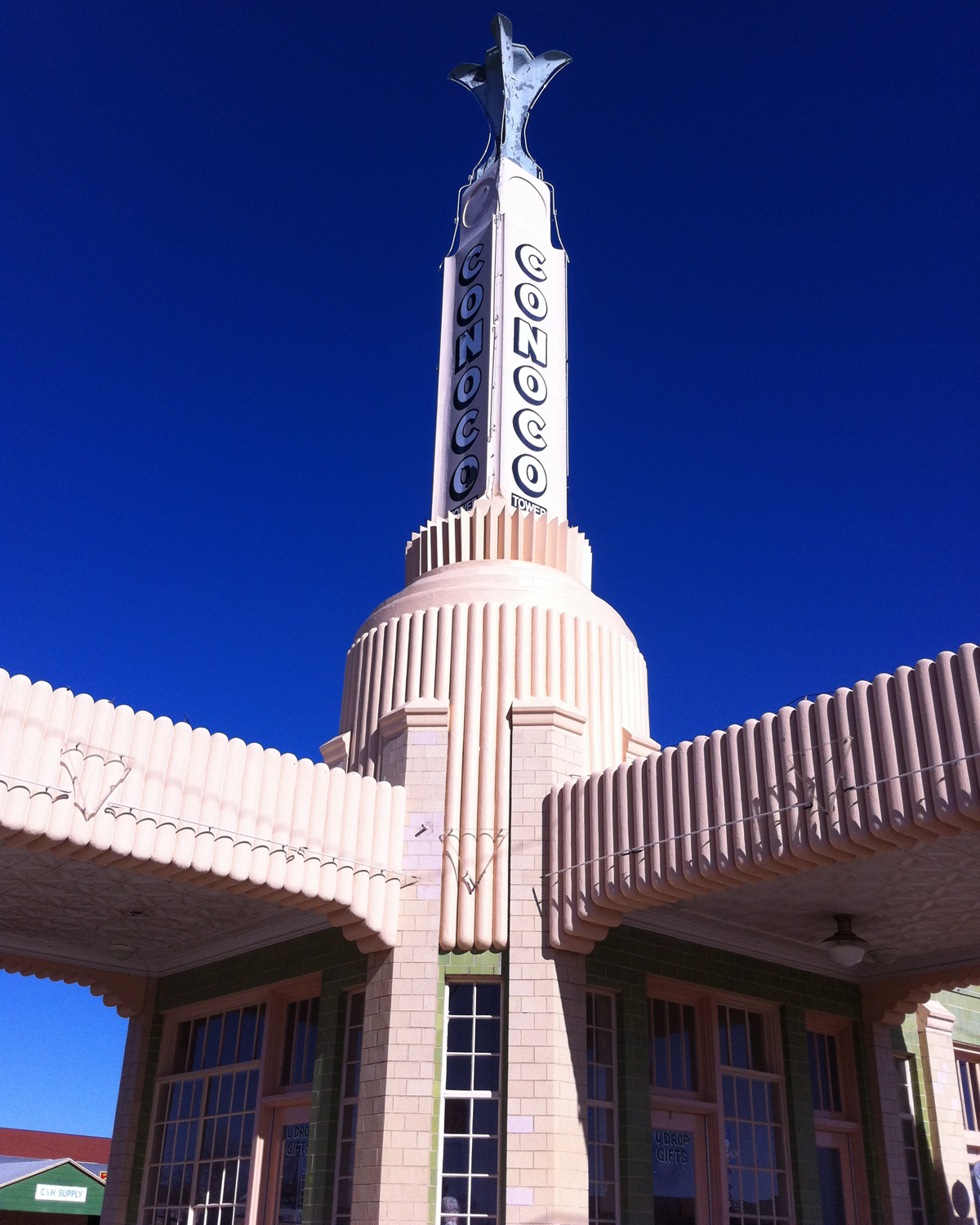
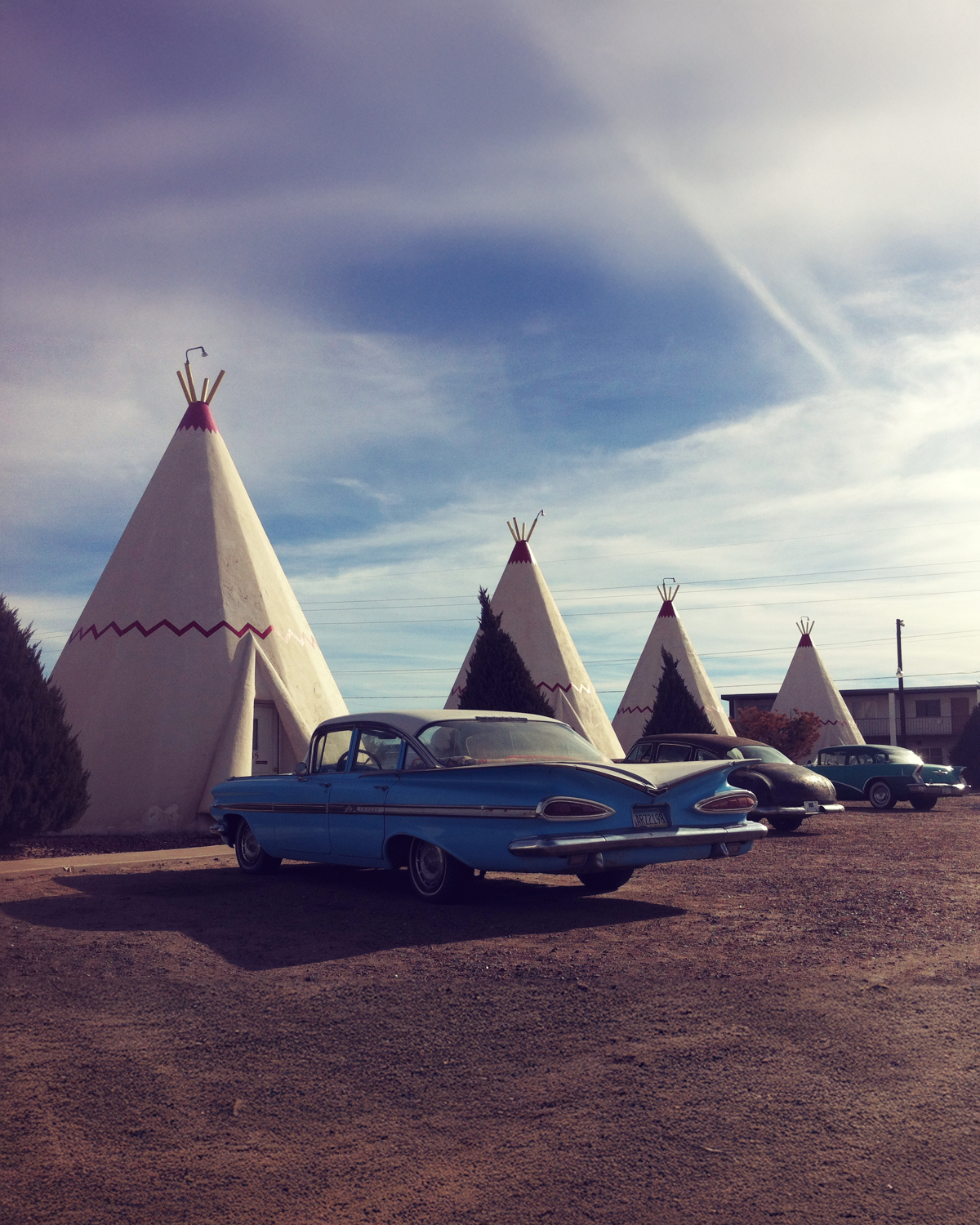
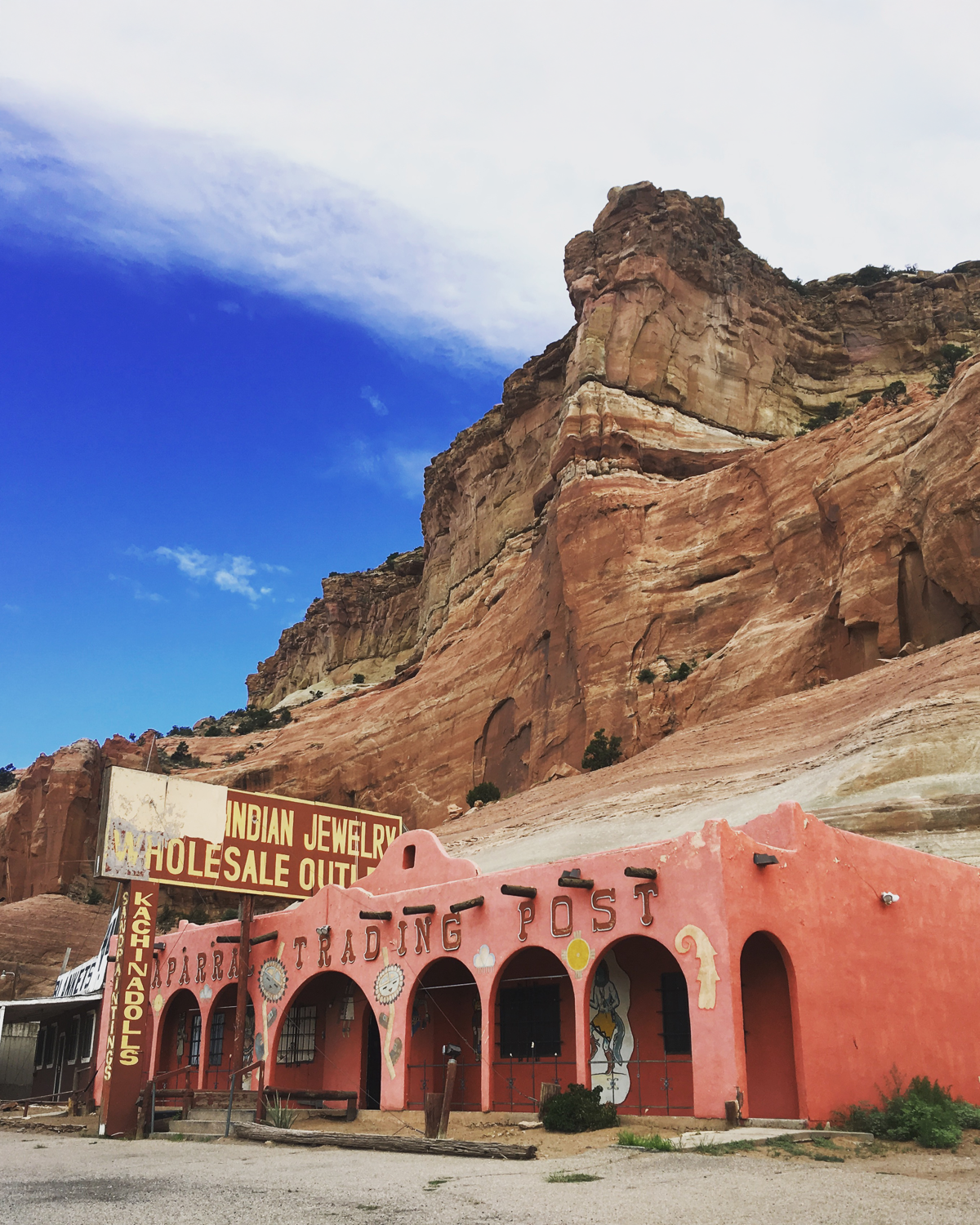
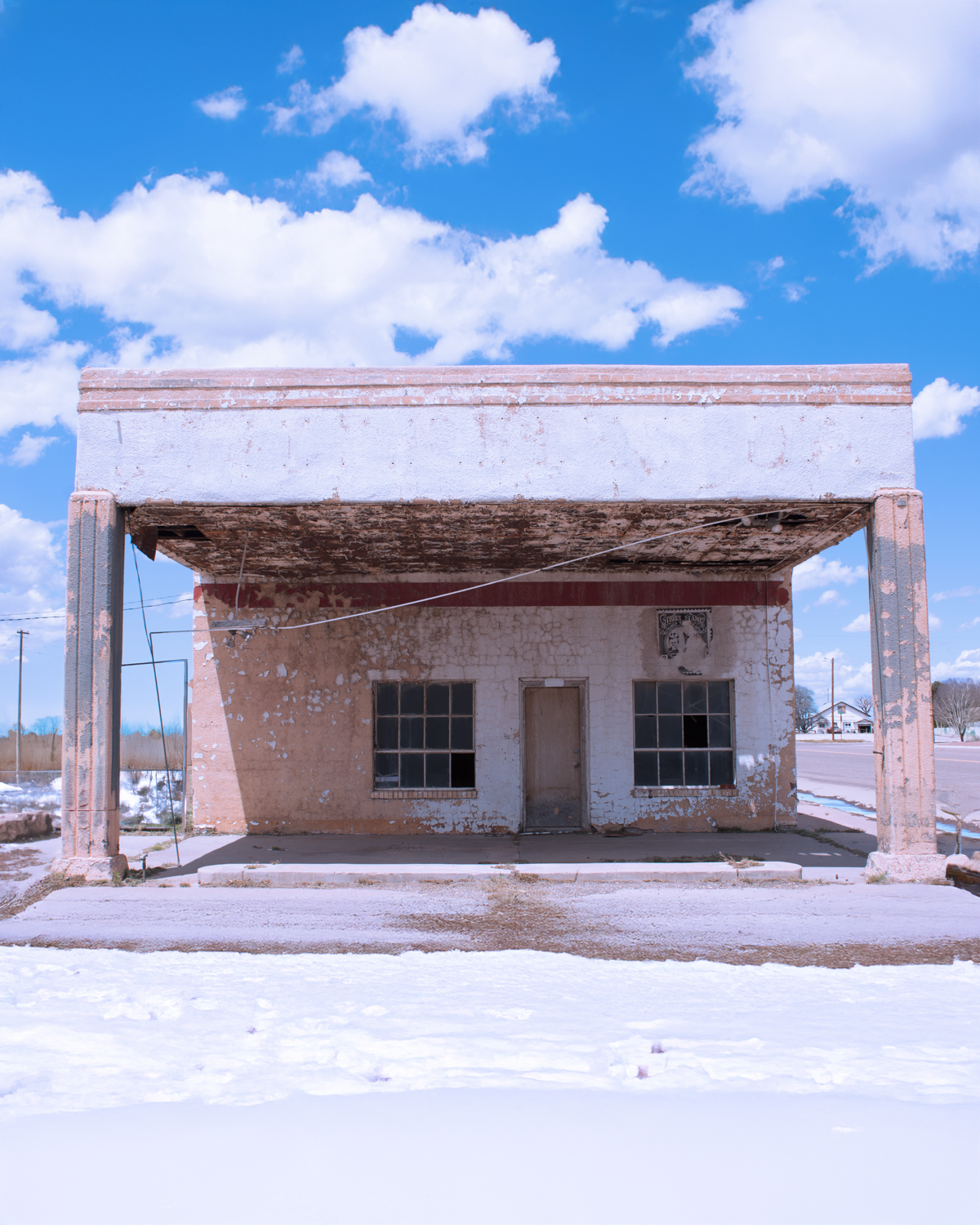


















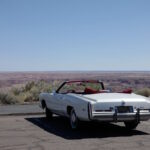
It looks so cold, it would be best in summer.
It is always a good time to drive Route 66, more Americans need to take this trip and learn that the country is more than just the coasts.
Man those Broncos are just begging to be saved, guy is sitting on a pile of money.
Route 66 is amazing anytime of year.
I have Route 66 on my calendar for this Summer, taking the Charger and my best friend, planning on takeing three weeks to really take it all in.
I wouldn’t ever go during winter but its cool to see.